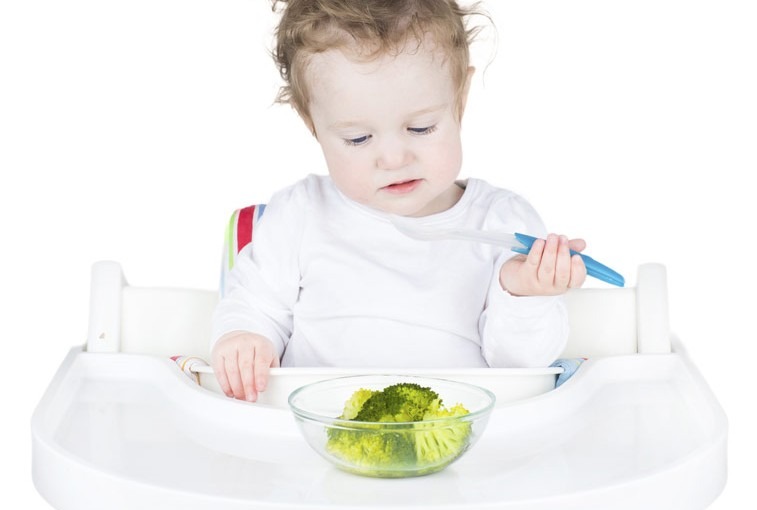When do I add solid food? When do I stop breastfeeding? Those are two questions breastfeeding moms often ponder. While there are no absolute answers, there are some guidelines that may help.
Say hello to solid foods
The American Academy of Pediatrics (AAP) recommends breastfeeding exclusively for the first six months, then gradually introducing solid foods while continuing to breastfeed. Some infants need solid foods earlier. (Babies who begin solid foods earlier than 4 months are at higher risk of obesity.)
Babies who weigh twice their birth weight, hold their heads well and sit up with little or no help are often ready for solid foods. These babies also need the oral motor skills necessary for eating, meaning they don’t push the food out of their mouth, but move it to the throat and swallow it. You may even notice your baby opening his/her mouth when someone approaches with food.
When you begin feeding solids, do so after your baby has nursed because your baby’s primary source of nutrition should still be breast milk. For solids, start with a single-grain, iron-fortified cereal for babies. Rice cereal is traditional, but you can start with any one you prefer.
Mix one or two tablespoons with breast milk/formula for the right consistency. (Never put cereal in the baby’s bottle unless your doctor has otherwise instructed you to do so.) Feed your baby with a small baby spoon. Once your baby is doing well with cereal, introduce pureed fruits, vegetables and meats one at a time. Wait a few days between each one in case your baby has an allergic reaction. Babies will start to drink less as they approach their first birthday because they are getting a variety of nutrients from the solid foods now in their diet.
Say goodbye to breastfeeding
The AAP recommends breastfeeding until age 1 and, after that, as long as you want and your baby continues to want to nurse. If you work outside the home, you can return to work and successfully continue breastfeeding. A lot of women express breast milk and give breast milk in a bottle. It takes some planning but continuing to breastfeed may help both you and baby cope better with that daytime separation.
Sometimes, babies may suddenly stop wanting to breastfeed. Don’t immediately assume your baby no longer wants to breastfeed. These “breastfeeding strikes” are normal. They happen most often between 9 and 12 months and usually last only a few days. If your child is truly ready to wean from the breast, that will probably happen over a period of weeks or months.
When you decide you are ready to stop breastfeeding, do it gradually. This will be less traumatic for both baby and you. But make the decision to stop when you are ready, not when others tell you that you should.
How long you continue breastfeeding is a decision that should take into account how you feel emotionally and how your personal circumstances influence your desire to breastfeed. When you feel the time is right to wean your baby, then that is the right time to stop breastfeeding.
…
Posted In Children's, Health Information
